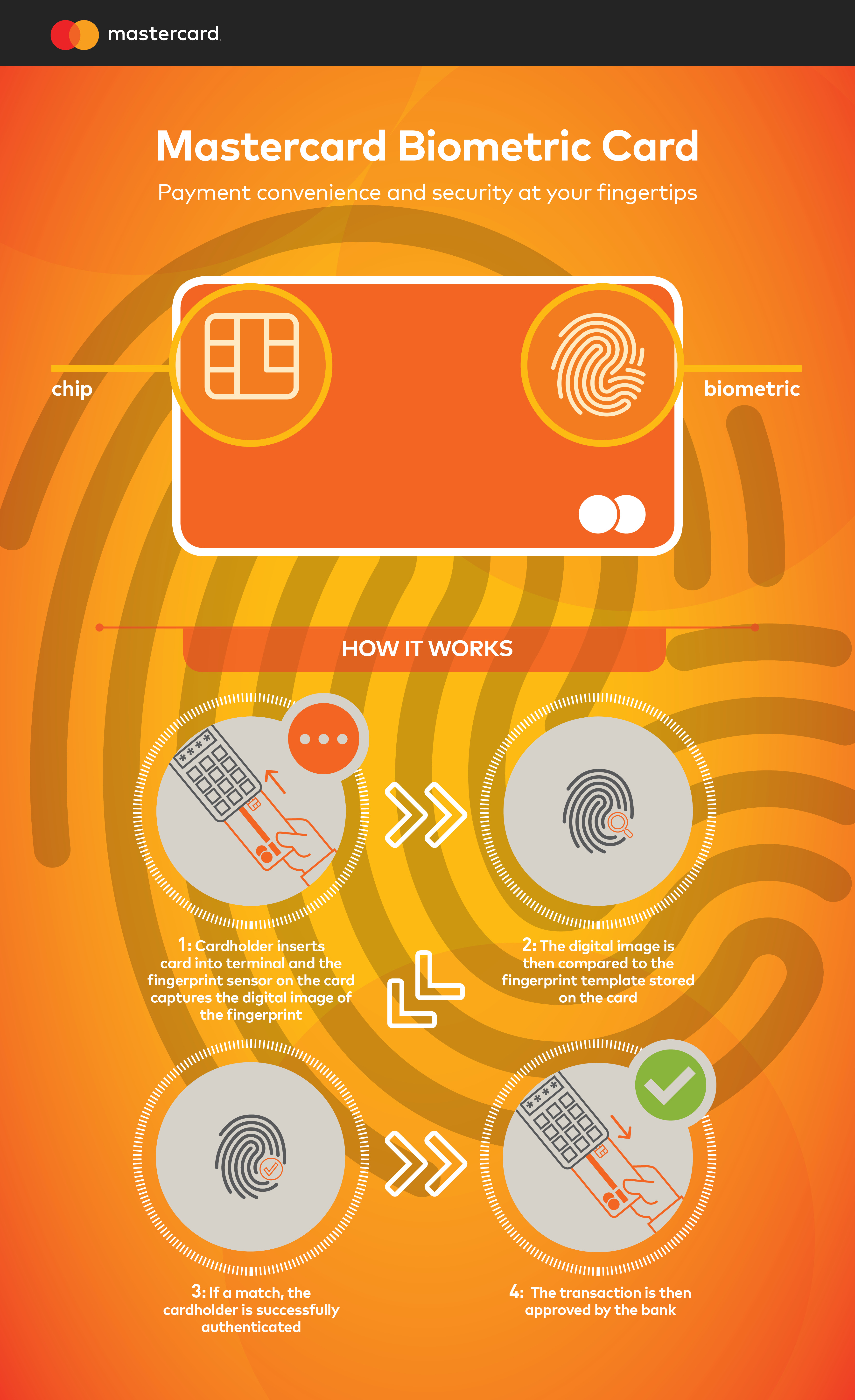Apple Pay already has Canadians using their fingerprint to authenticate payments at the till, but now Mastercard may soon allow them to do so by scanning their fingerprint right on the card itself.
The credit card processing firm released a new biometric card that combines secure chip technology with fingerprint recognition to verify cardholder identity, taking place of a PIN. South Africa is the first market to get access to the new cards, after two separate trials were run there involving a supermarket retailer and Absa Bank. The cards can be used to make purchases worldwide at any EMV terminal.
The EMV standard developed by Europay, MasterCard, and Visa is based on an embedded computer chip that is designed to prevent counterfeiting and lost or stolen credit card fraud. In Canada, the migration to the EMV standard began in earnest in 2008. It’s commonplace today with wide penetration, and as a result fraud losses have plummeted by more than 92 per cent.
That EMV support means that Canadian banks could soon issue Mastercard’s new biometrics card, but not until later this year. Mastercard says it will be conducting more trials first in Europe and Asia-Pacific regions, then pursuing a full roll out.
Here’s how it works, according to Mastercard:
- The cardholder registers with their financial institution
- Fingerprint is converted to a digital template
- Digital template is stored on the card
- Card is ready to be used at any EMV terminal
- Cardholder can insert can and place finger on the embedded sensor to pay
- Biometrics from sensor matched to the template to authenticate the transaction






